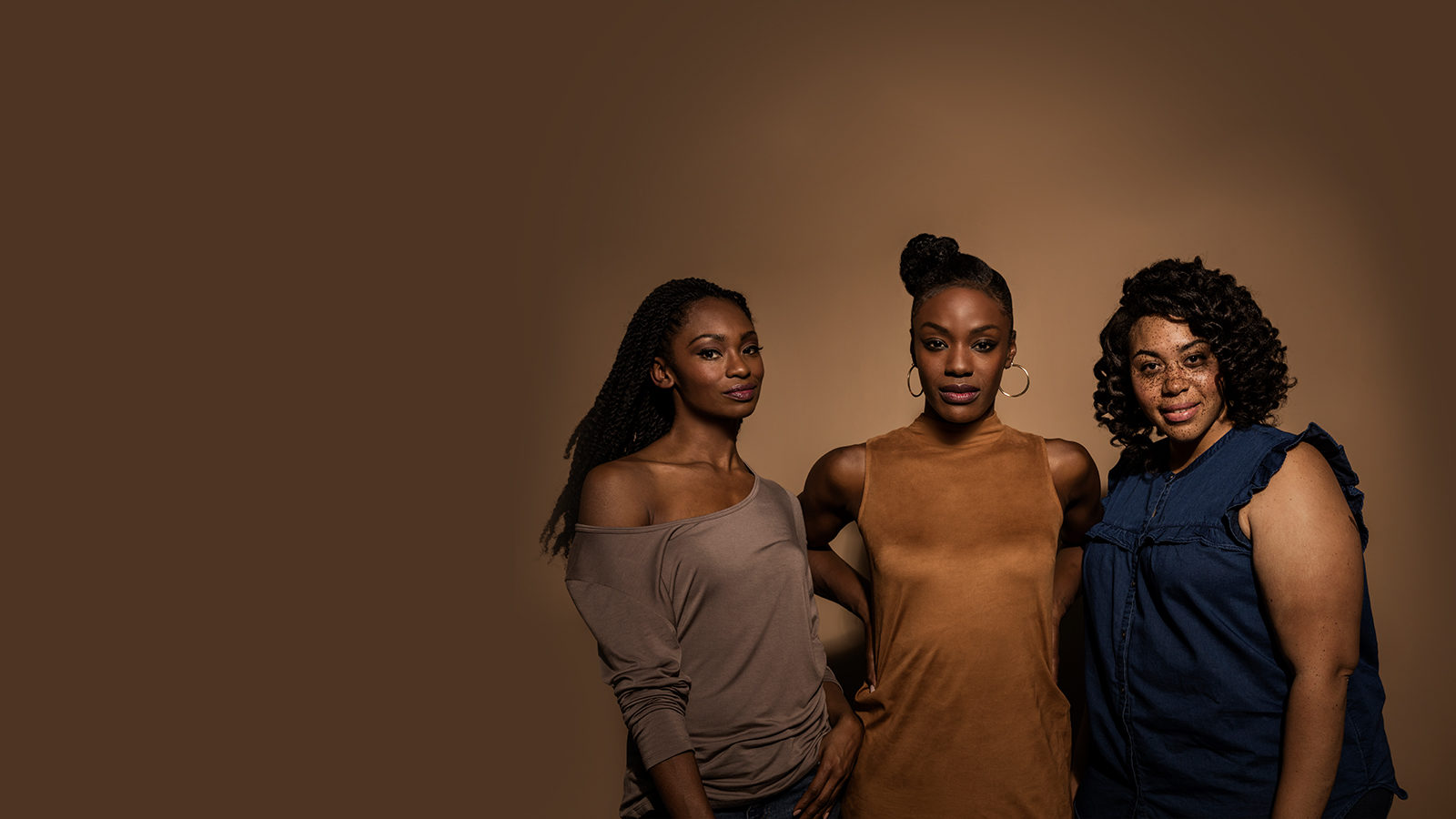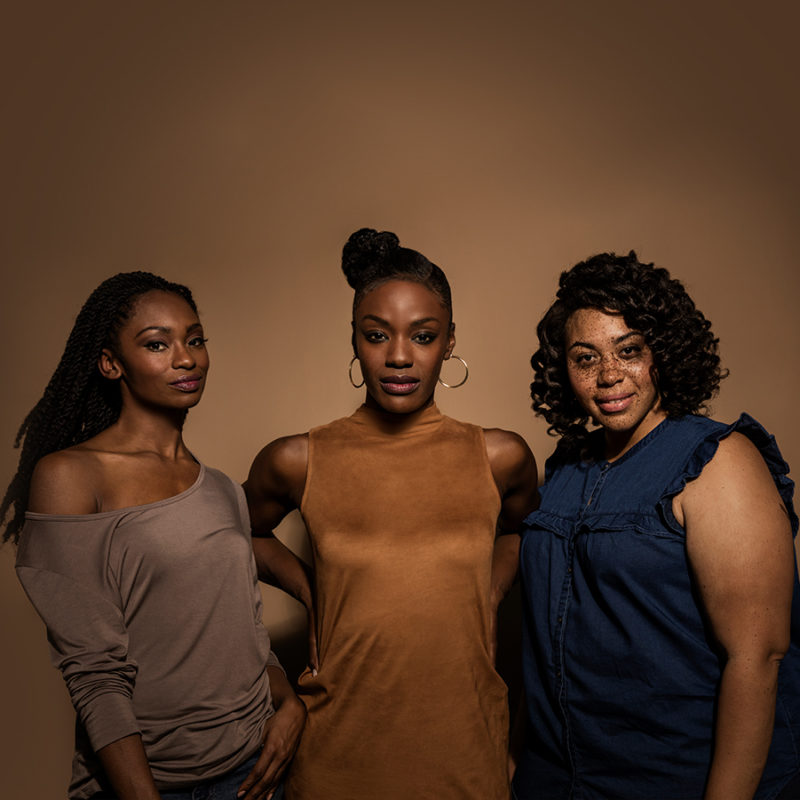We’ve all seen the pink ribbons. Maybe we’ve even donated or raced for the cure. But how much do we really know about breast cancer? We might know that breast cancer is the most common cancer among women and that more than one in 10 black women will have it in their lifetime. Or that while black women today are diagnosed at nearly the same rates as white women – black women ultimately die more, are diagnosed younger, at later stages and with more aggressive types of breast cancer.
What we may not know is that we’re all at risk of breast cancer. What we need to know is that there are things we can do to reduce our risk of getting breast cancer and increase our chance of surviving if we do get it. There are things we can tell our families and friends about, or even do together. And we can start today.
What is breast cancer?
In a healthy body, natural systems control the creation, growth and death of cells. Cancer occurs when these systems don’t work right. When there’s more cell growth than cell death, this excess growth can form a tumor. Not all tumors are cancerous—the ones that are cancerous are known as malignant tumors, while non-cancerous tumors are known as benign.
The breasts are made up of milk ducts and lobules. Tumors can start in either the ducts or the lobules. When a malignant tumor is in the milk ducts and hasn’t spread to nearby tissue or beyond, it’s called ductal carcinoma in situ (DCIS) and considered non-invasive. Without treatment, non-invasive cancer can develop into invasive breast cancer.
Breast cancer becomes invasive when the cancer cells spread to nearby breast tissue or the underarm (axillary) lymph nodes. Metastatic breast cancer (also called stage IV or advanced breast cancer) is invasive breast cancer that has spread beyond the breast and axillary lymph nodes to other parts of the body (most often the bones, lungs, liver or brain).
There is still a lot we don’t know about breast cancer, but here are 10 important things we do know.
1. Breast cancer survival has come a long way.
Between 1989 and 2015, death from breast cancer went down 39 percent among women in the U.S. In that time, 320,000 more people survived breast cancer. In fact, more than 3.5 million breast cancer survivors live in the U.S. today.
2. It’s all about early detection and treatment.
More people are surviving breast cancer because they’re finding the cancer sooner (a.k.a. early detection) and getting effective treatment. There are three ways we can all increase our chances of finding cancer early if we ever get it (so we can treat it as soon as possible). Those are to know our risk, know our normal and get screened regularly.
3. Breast cancer is the most common cancer among black women.
About 30,700 new cases of breast cancer were expected to occur among black women in 2016 (the most recent data available). And while survival rates in black women have increased, they’re still lower than survival rates among white women. Today, black women are nearly 42 percent more likely to die from breast cancer than white women.
4. Black women are more likely to get breast cancer at a younger age.
Overall, non-Hispanic black women are less likely to get breast cancer than non-Hispanic white women. But for women under 40, the opposite is true—non-Hispanic black women are more likely to get breast cancer than non-Hispanic white women. The median age at diagnosis for black women is 59, compared to 63 for white women.
5. A family history of breast cancer may mean your risk is higher.
Whether it’s due to gene mutations like BRCA1/2, similar lifestyles or other family traits, if someone in your family has had breast cancer, other members have a higher risk. That’s why it’s so important to talk to both your mother’s and father’s relatives about family health history and other factors that might affect your family’s risk.
6. Most women who get breast cancer don’t have a family history or a BRCA1/2 gene mutation.
Family history and gene mutations increase the risk of breast cancer, but they’re just one piece of the puzzle. The biggest risk factors for breast cancer are being female and getting older. That means we all need to take charge of our breast health, whatever our family history.
7. Black women are more likely to have triple negative breast cancers.
Triple negative tumors have certain traits that make them harder to treat. They also tend to be more aggressive, which means they may grow or spread faster than other types of tumors. Triple negative tumors can be treated successfully, but it’s extra important to catch them and treat them as early as possible.
8. Men can get breast cancer too.
Breast cancer in men is rare, but it happens. Men whose families have a history of breast cancer are at higher risk and may even benefit from regular screening. All men should talk to their doctor if they ever notice a change to their chests or nipples. It’s also important to know if a man in your family has had breast cancer since it may mean other family members have a higher risk.
9. A person can do everything “right” and still get breast cancer.
Taking care of your health is always a good idea, but there’s no magic guarantee against breast cancer. When it comes to cancer, the best defense really is a good offense. Which brings us to the most important reason to care…
10. There are things we can do to take charge of our breast health.
There are no guarantees against breast cancer, but there are ways to reduce your risk. Getting exercise and minimizing alcohol are a great start. For new, soon-to-be, and some-day moms, breastfeeding can also reduce your risk. People at higher risk may be able to take medication or even get surgery to bring their risk down. And we can all increase our chances of surviving breast cancer if we get it by taking action to catch any problems early. That means understanding our risk, getting on a regular screening schedule and getting checked out if we ever notice a change in our breasts.

